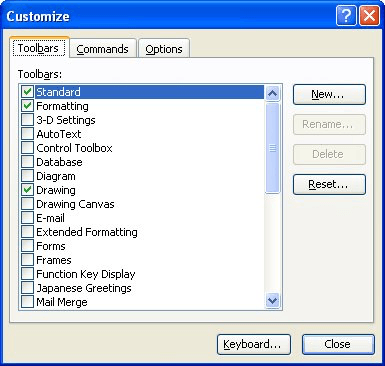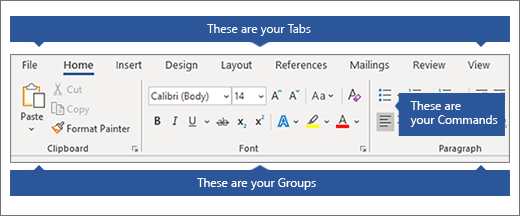
Again, this one is so important that it has its own section later.īack to more editing and/or revision tools, we have the Accept Change dialogue and Reject Change dialogue. Following that are a few admin functions: the Thesaurus, Spell Checker, Zoom and Word Count features, and then the Paragraph Formatting function. Then comes the Insert Symbol function and the Change Case function (from All Uppercase to Capitalize Each Word, for example). The Replace feature is so important that it has its own section later. The other setting in Figure 7, Change User Name, is self-explanatory.īack to the Quick Access Menu, the next item after Track Changes is the Replace feature. When I’m working on an edit for someone else or a revision of my own work, I typically uncheck Track Moves and Track Formatting. When you click Change Tracking Options, you’ll get this dialogue box: Here’s the drop-down menu for Track Changes: Then comes the excellent editing (and revision) tool, Track Changes. Then there are Remove Header and Remove Footer commands (ebooks don’t have headers and footers), then the Add Hyperlink and Remove Hyperlink commands.

I use that to create a table of contents when I’m publishing a new book.


The little blue flag is a Bookmark symbol. Then come some features useful in publishing or setting up ebooks.
WORD TOOLBAR SETTINGS FULL
Left to right above are New Document, Save, Save As, Undo, Redo, Cut, Copy, Paste, Bold, Italic, Underline, Insert Page Break, and Left, Center, Right and Full Justified. Whereas with the Ribbon, some commands have to be retained or removed in groups, it’s easy to truly customize the Quick Access Toolbar for your specific needs. (If your ruler isn’t there, in the menu select View > Ruler.) Here’s mine: The Quick Access Toolbar is the small gray horizontal area below the Ribbon and above the horizontal ruler. It takes a little getting used to, but there’s almost no learning curve and it’s much cleaner, quicker and easier once you get used to it. We talked about the menu (also called the ribbon) last time, but the fact is, I actually use the tabbed menu items in the Ribbon very little.įor most of my writing and editing tasks, I use the Quick Access Toolbar instead. Doing so will also give you more screen space, a bonus if you’ve had your eyes more than about 12 years. Time really is money, and one way to save a great deal of time when using Microsoft Word is to set up your Quick Access Toolbar. Select that one then click ‘Add’.This is not some asinine April Fool’s joke, but an actual post. There are three called ‘Language’, we want the top one with the cursor/down arrow icon on the right. That will open the QAT customize dialog.Ĭhange ‘Choose commands from …’ to All Commands then scroll down to the Language options. Go to the Quick Access Toolbar, click on the arrow on right and choose More Commands.
WORD TOOLBAR SETTINGS HOW TO
Still, if it will help, here’s how to add it. Microsoft expanded the language labels without considering all the consequences. ‘English (United Kingdom)’) which doesn’t fit in the standard width allowed for the Language selector. Office 2013 changes the label to a longer form (e.g. In Word 2010 and Word 2007 that specific problem doesn’t occur because the language options were labelled ‘English (U.S.)’ and ‘English (U.K.)’. As you can see from the above Word 2013 example, you can can’t see whether the setting is English (United States) or English (United Kingdom)! Other language setting also fall off the edge of the narrow view. The problem is the fixed width of the toolbar item.

You can use this as a pull-down list to change the language setting in parts of a document.


 0 kommentar(er)
0 kommentar(er)
